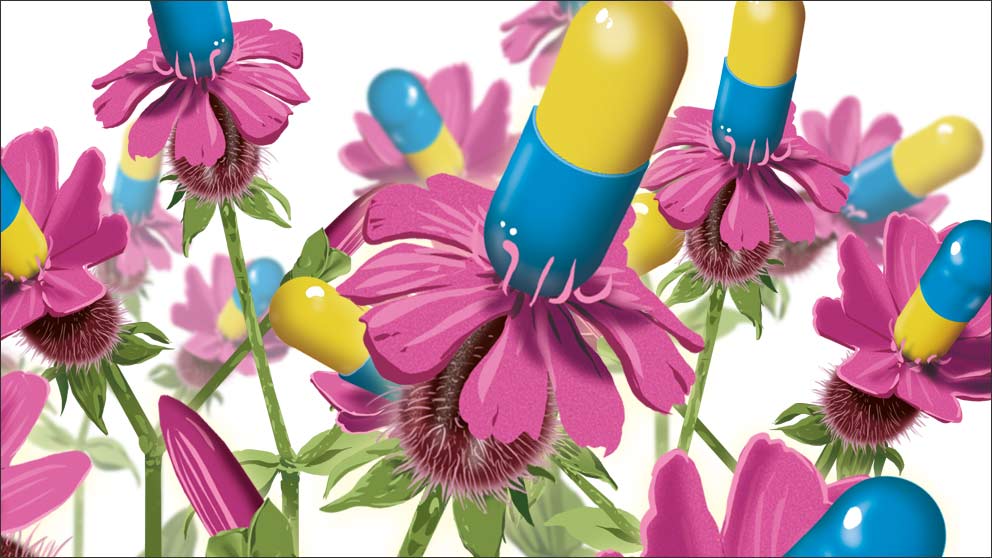Jump to the content
- {{#headlines}}
- {{title}} {{/headlines}}

Milk and honey flow through the valleys, the houses are made of gingerbread and roasted birds fly through the air: in the land-of-plenty, there is an abundance of everything and no-one has to work. For centuries, fairy tales and sagas have told of this paradisiacal place. Certain motifs from the land of plenty utopia can even be found in the works of classical authors like Herodotus and Lucian.
Fairy tales revolving around hunger, such as the Brothers Grimm story of sweet millet porridge, bear witness to the privations and dreams of earlier generations. Too often, there was not enough to eat and even in Europe, hunger was ubiquitous.
In his 500-year-old novel “Utopia”, the British humanist Thomas More presents his vision of a perfect society. On the fabled island of Utopia, there is always plenty for everyone. The inhabitants eat and drink to stay healthy, without indulging extravagantly.
The idea of a food capsule full of nutrients has been around since the end of the 19th century. The US suffragette Mary Elizabeth Lease promoted it as a way of freeing women from the shackles of cooking. A year later, the French chemist Marcelin Berthelot formulated his vision for the year 2000: there would only be synthetic food, he said – and speculated about beefsteak in tablet form.
The food of the future would be meat-free was the prediction of science fiction writers in the 20th century. Their tables were decked with artificial proteins, freezedried space food, sea weed biscuits and algae in bizarre forms. And Aldous Huxley’s “Brave New World” even features synthetic meat. The novel appeared in 1932.
